1
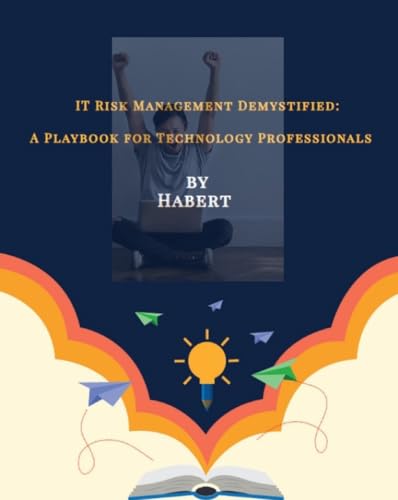
2
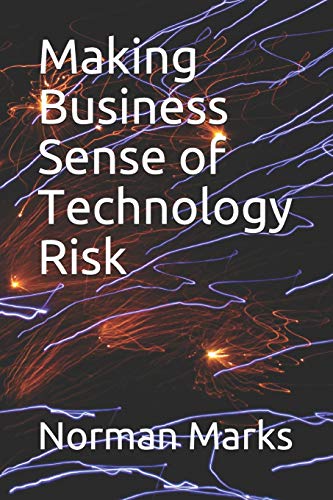
3
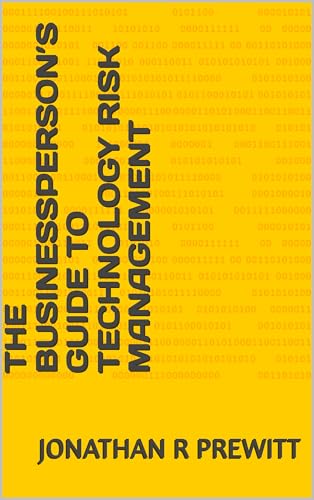
4
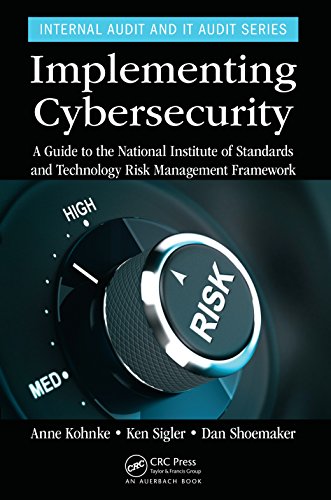
5
Technology makes our lives easier, however, it also brings new risks. From data leaks and AI mistakes to privacy issues and unexpected tech problems, understanding how to deal with these challenges is more important than ever. This list of books is here to help you make sense of it all. Complete with real-life examples, practical advice, and straightforward strategies, these reads show you how to identify problems early, make smarter decisions, and navigate tech risks confidently. These books provide you with the tools and insights to stay prepared, protect yourself, and get the most out of technology.
1
Governing the Machine is a practical guide to using AI safely and effectively. Written by experts Ray Eitel-Porter, Dr. Paul Dongha, and Miriam Vogel, it explains how businesses and organisations can take advantage of AI without running into serious problems like data breaches, bias, privacy issues or legal trouble. The book breaks down nine key areas of AI risk and offers real-world examples, interviews with AI leaders, and straightforward advice on how to put responsible systems in place. It shows that, with the right approach, companies of any size can innovate with AI while keeping people, data, and reputations safe. Whether you work in business, tech, or government, Governing the Machine gives you the tools to understand AI, make smart decisions, and build trust. It’s all about using AI in a way that’s safe, ethical, and effective.
2
Keeping your business protected from IT risks is hugely important. This book is a great read for leaders, IT managers, auditors, and tech professionals to understand potential threats and manage them effectively. It reveals why it's necessary to have a solid risk framework, updated strategies, and a culture where everyone thinks about risk. You’ll learn how to create a roadmap by reviewing existing practices, setting clear goals, and tracking progress. It also covers practical steps such as safely adopting new technology, updating policies, training your team, and working with outside partners to stay safe. With regular check-ins, feedback, and adjustments, businesses can stay ahead of evolving threats and keep operations running smoothly. This guide gives clear and actionable advice to help your organisation stay prepared, resilient, and successful in today’s fast-moving digital world.
3
Surveys consistently show that technology-related risks, like cyberattacks and disruptive technologies, are among the top concerns for organisations. Yet, executives and board members often feel they don’t have the information they need to make informed decisions. For example, when budgets are tight, it’s unclear how much to invest in cybersecurity or whether funds should be diverted from acquisitions or product development. Even chief information security officers report a gap between what’s being reported and what leadership understands. They recognise that boards and top management may not fully grasp the risks, and that they aren’t always receiving the support necessary to manage them effectively. Making Business Sense of Technology Risk addresses this disconnect, providing practical guidance for bridging the gap between technical teams and business leaders, so organisations can manage technology risks wisely and make smarter, more informed decisions.
4
The Businessperson’s Guide to Technology Risk Management is a straightforward guide for anyone who wants to protect their organisation from the risks that come with today’s digital world. From cyberattacks and data breaches to compliance challenges, it shows that technology risk is something every business leader needs to understand. Packed with real-world examples, case studies, and step-by-step checklists, the book gives actionable strategies you can use right away. It covers the basics of technology risk to advanced frameworks, business continuity planning, and preparing for future challenges like AI, quantum computing, and new regulations. Written by experts with a touch of humour, it makes complex topics easy to understand. This book gives you the tools and confidence to manage tech risks effectively and keep your business secure.
5
If you want to understand and use the NIST Risk Management Framework (RMF) in real life, Implementing Cybersecurity is a great place to start. It gives a clear overview and practical tools to help you manage risks in your organisation effectively. The book walks you through the whole risk management process step by step. You’ll learn how to identify risks, create and put controls in place, and make sure these practices become part of your organisation’s everyday operations. It’s a hands-on guide for professionals who want to apply the framework in real-world situations without getting lost in technical jargon. By bridging theory with practice, the book equips readers with the tools to create effective risk management strategies, build control mechanisms, and maintain compliance with recognised standards. It’s an essential resource for anyone looking to gain specialised knowledge in cybersecurity risk management and confidently apply it within an organisation.
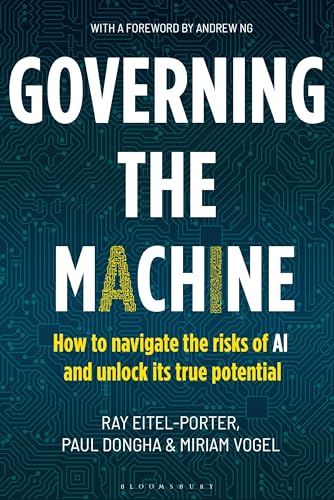
1
Governing the Machine is a practical guide to using AI safely and effectively. Written by experts Ray Eitel-Porter, Dr. Paul Dongha, and Miriam Vogel, it explains how businesses and organisations can take advantage of AI without running into serious problems like data breaches, bias, privacy issues or legal trouble. The book breaks down nine key areas of AI risk and offers real-world examples, interviews with AI leaders, and straightforward advice on how to put responsible systems in place. It shows that, with the right approach, companies of any size can innovate with AI while keeping people, data, and reputations safe. Whether you work in business, tech, or government, Governing the Machine gives you the tools to understand AI, make smart decisions, and build trust. It’s all about using AI in a way that’s safe, ethical, and effective.

2
Keeping your business protected from IT risks is hugely important. This book is a great read for leaders, IT managers, auditors, and tech professionals to understand potential threats and manage them effectively. It reveals why it's necessary to have a solid risk framework, updated strategies, and a culture where everyone thinks about risk. You’ll learn how to create a roadmap by reviewing existing practices, setting clear goals, and tracking progress. It also covers practical steps such as safely adopting new technology, updating policies, training your team, and working with outside partners to stay safe. With regular check-ins, feedback, and adjustments, businesses can stay ahead of evolving threats and keep operations running smoothly. This guide gives clear and actionable advice to help your organisation stay prepared, resilient, and successful in today’s fast-moving digital world.

3
Surveys consistently show that technology-related risks, like cyberattacks and disruptive technologies, are among the top concerns for organisations. Yet, executives and board members often feel they don’t have the information they need to make informed decisions. For example, when budgets are tight, it’s unclear how much to invest in cybersecurity or whether funds should be diverted from acquisitions or product development. Even chief information security officers report a gap between what’s being reported and what leadership understands. They recognise that boards and top management may not fully grasp the risks, and that they aren’t always receiving the support necessary to manage them effectively. Making Business Sense of Technology Risk addresses this disconnect, providing practical guidance for bridging the gap between technical teams and business leaders, so organisations can manage technology risks wisely and make smarter, more informed decisions.

4
The Businessperson’s Guide to Technology Risk Management is a straightforward guide for anyone who wants to protect their organisation from the risks that come with today’s digital world. From cyberattacks and data breaches to compliance challenges, it shows that technology risk is something every business leader needs to understand. Packed with real-world examples, case studies, and step-by-step checklists, the book gives actionable strategies you can use right away. It covers the basics of technology risk to advanced frameworks, business continuity planning, and preparing for future challenges like AI, quantum computing, and new regulations. Written by experts with a touch of humour, it makes complex topics easy to understand. This book gives you the tools and confidence to manage tech risks effectively and keep your business secure.

5
If you want to understand and use the NIST Risk Management Framework (RMF) in real life, Implementing Cybersecurity is a great place to start. It gives a clear overview and practical tools to help you manage risks in your organisation effectively. The book walks you through the whole risk management process step by step. You’ll learn how to identify risks, create and put controls in place, and make sure these practices become part of your organisation’s everyday operations. It’s a hands-on guide for professionals who want to apply the framework in real-world situations without getting lost in technical jargon. By bridging theory with practice, the book equips readers with the tools to create effective risk management strategies, build control mechanisms, and maintain compliance with recognised standards. It’s an essential resource for anyone looking to gain specialised knowledge in cybersecurity risk management and confidently apply it within an organisation.
© Five Books 2025